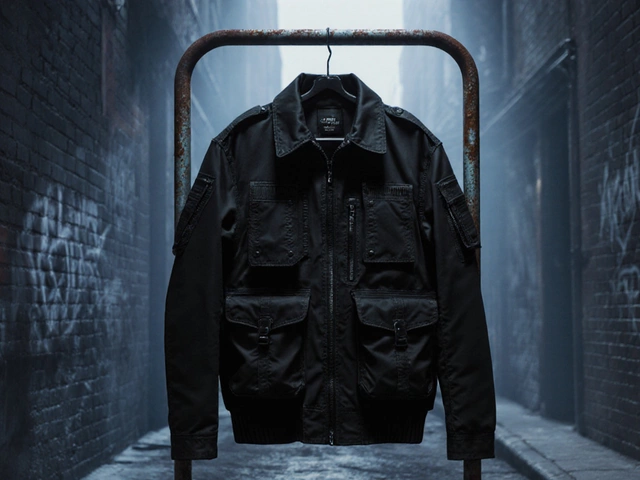Suit Tips – Choose, Fit, and Care for Your Perfect Suit
If you’re thinking about a suit, you probably wonder where to start. Should you splurge on a $5,000 masterpiece or stick to a $500 option? How do you know it actually fits you, not just the mannequin? This guide breaks down the basics so you can pick a suit that looks sharp, feels right, and lasts longer than a night out.
Pick the Right Suit for Your Budget
First up, money. A $500 suit and a $5,000 suit aren’t just different price tags – they differ in fabric, construction, and detail. The cheaper version often uses a blended fabric that wrinkles quickly, while the pricey one usually features pure wool or cashmere, hand‑stitched seams, and a fully canvassed jacket. Those small details make the suit drape better and keep its shape for years.
If you’re on a budget, look for a solid wool blend with a half‑canvas construction. It gives you some of the structure of a high‑end suit without the markup. Check the lining – a breathable polyester blend is fine, but avoid cheap, shiny coatings that trap heat.
For a splurge, focus on natural fibers, a full canvas, and hand‑stitched buttonholes. Those suits age beautifully, gaining character as you wear them. Remember, a higher price doesn’t guarantee a perfect fit – you’ll still need to adjust it.
Get the Best Fit Without a Tailor
Fit is where most people trip up. You don’t need a tailor for every stitch, but you do need a few quick checks. Start with the shoulder seam: it should end where your shoulder bone does, no overhang. If the seam rides up, the jacket is too small; if it hangs off, it’s too big.
Next, the sleeves. When your arms are relaxed, the jacket sleeve should show about a quarter inch of shirt cuff. Too short looks cramped; too long looks sloppy. For the trouser length, aim for a slight break where the fabric meets your shoe – a single, neat fold is classic.
Finally, the jacket waist. A well‑fitted jacket tapers in, creating a subtle hourglass shape. If it looks boxy, try a slight alteration at the side seams – a simple take‑in can make a huge difference.
Don’t forget the collar and lapels. A narrow lapel works for slimmer builds, while broader shoulders can carry a wider lapel. The collar should sit comfortably against your neck without pinching.
Keep a tiny notebook of these checks when you shop. It saves time and helps you compare multiple suits side by side.
These basics will steer you toward a suit that feels custom‑made, even if you bought it off the rack. When you pair a sensible budget with a few fit tweaks, you get the look of a high‑end suit without the headache.
Ready to explore more? Check out our posts on summer professional attire, suit fabric differences, and quick fixes for a loose jacket. With the right knowledge, you’ll walk into any room confident and well‑dressed.

What Color Suit Makes You Look Skinnier? The Real Answer for Men
Curious which suit color actually helps you look slimmer? This article breaks down the best shades, how patterns play a role, and whether black truly beats navy. If you want to look leaner in a suit, you’ll find easy tips and smart choices backed by style know-how. Picking the right color and fit makes a bigger difference than you might think. Get ready to leave baggy, unflattering looks behind.



